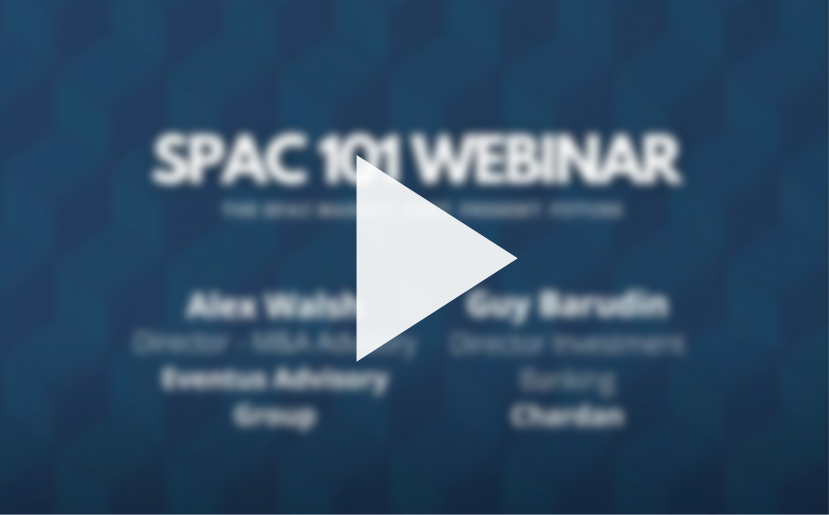
If you pick up any finance or business publication, you will probably run into at least one reference to a SPAC (special purpose acquisition company). And for good reason. In 2020 alone, $83.04 billion was invested in U.S. market SPACS, and 248 companies went public through a SPAC. This article will give you a quick primer on the general SPAC makeup and some of the reasons companies and investors gravitate to this model.
Investopedia describes a SPAC as “a company with no commercial operations that is formed strictly to raise capital through an initial public offering (IPO) for the purpose of acquiring an existing company.” The main purpose is to help provide financing for companies and a theoretically quicker and cheaper path to the public markets than a direct listing or IPO.
SPACs started several decades ago when the SEC created a Standard Industrial Classification to classify all “blank check companies.” Historically, SPACs have been used by highly skilled, sector-focused, well-capitalized management teams to raise capital. Unlike traditional private equity, which looks to raise a large pool of capital to execute multiple transactions over a defined period (usually 5-7 years), a SPAC sponsor is raising money for the sole purpose of making one acquisition within an 18- to 24-month period.

Unlock this video to watch Eventus Advisory Group’s SPAC 101 webinar The SPAC Market: Past, Present and Future.
Details differ deal by deal, but the overall process is pretty uniform. The SPAC sponsor structures an offering to investors indicating the size and scope of the SPAC. The sponsor then files an S-1 and lists on a stock exchange, creating a public investment vehicle. Investors deposit their money in a trust account, where it is held with strict rules of what the money can be used for outside of investing in a company.
The SPAC sponsor then spends the next several months identifying potential targets. Once a suitable target is found and audited, investors decide if they want to keep their money in the SPAC to purchase the company. If so, the deal is finalized, and the target company is now owned by the SPAC, which is trading on a public stock exchange.
SPAC sponsors get a preset amount of equity when they set up the SPAC, usually a targeted amount of about 20%. While deals can differ, usually that’s the major form of compensation for the SPAC sponsor, which helps align the incentives of the investor with the sponsor.
1. Investor security: While investors must deposit their money in a restricted account, they have the ability to review and approve the final acquisition target, capitalization table and go-forward strategy. If they don’t approve, they have the ability to withdraw their funds from the SPAC.
2. Limited life: SPACs are created with a specific time horizon. If the SPAC sponsor fails to find an investment that meets the investors’ needs, the SPAC unwinds and returns the investors’ money minus the fees incurred.
3. Limited fees: Maintenance and operational fees have to be approved by the investors, usually before the investment. These are designed to be small and solely focus on transaction-related fees (e.g., legal, audit) and not management fees.
4. Focus and efficiency versus funds: Once invested in a fund, investors rely on the fund managers to make good investments. Investor capital is tied up for a number of years. To earn their high management fees, fund managers have an incentive to deploy all capital raised, even at inefficient (e.g., expensive) prices. Unlike a SPAC, the investor has no say in investments or prices paid and also lacks the ability to get their money back in a timely fashion.
The scrutiny of a traditional IPO with an S-1 allows investors more time to kick the tires of a particular investment. A properly driven S-1 also allows for enough retail (Main Street) interest to shore up the share price and ensure there is large trading volume for future liquidity. Investors run the risk of a poor launch and low trading volume without institutional banker support, although they trade this risk for the time and cost savings.
The largest change for SPACs is their adoption by institutional investors. Raising money for a fund has become less lucrative since large family offices and pensions have started asking for matching coinvestments from the institutions. For example, for a $1 billion fund, the institution would have to provide $500 million and only make fees on the $500 million raised. In this case, the institution would make half the fees it is used to making for managing the fund. Earning a success fee on a SPAC, therefore, has become more attractive to institutions.
Another trend is family offices migrating to the independent (fundless) sponsor model, where funds are raised to invest in a particular company, not a direct fund. The lower fee structure and direct say on investment is a compelling set of features versus locking your money in a fund for a period of time with little to no influence on investment decisions.
Like with any investment, SPACs have their pros and cons. While the exuberance of the 2020 SPAC market will more than likely settle down in 2021 and 2022, it offers enough efficiencies and other compelling features to investors to remain a viable option for quite a while, if not become a mainstay.
Watch Eventus Advisory Group’s SPAC 101 webinar The SPAC Market: Past, Present and Future.
Eventus Alex Walsh speaks with Guy Barudin, Director, Investment Banking, at Chardan Capital Markets, the market authority in SPACs for emerging growth companies with over 48 deals underwritten from 2016-2021.